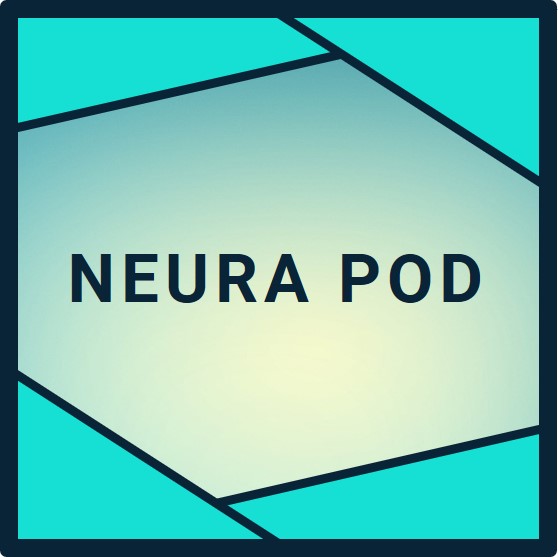- Neuralink delivers input to the brain through its Blindsight implant, which uses 1,024 electrodes to send precise electrical pulses directly into the visual cortex, enabling blind individuals to perceive images.
- The step-by-step process begins with a camera capturing visual data, encoding it into stimulation patterns on an external device, transmitting wirelessly to the implant, and activating neurons to form perceived vision.
- Monkey trials demonstrate monkeys seeing objects via cortical stimulation, while 2025 human trials under Elon Musk's leadership confirm safe, effective input delivery with plans for superhuman vision.
Neuralink's Foundation for Brain Input Delivery
Neuralink's brain-computer interface operates bidirectionally, recording neural output for control tasks and delivering input via electrical stimulation. The N1 implant, with 64 flexible threads and 1,024 electrodes, supports both functions. For input delivery, focus falls on Blindsight, Neuralink's vision restoration product. This system targets the visual cortex, bypassing damaged eyes or optic nerves.
Elon Musk announced Blindsight in 2024, securing FDA Breakthrough Device Designation in September. By April 2025, he confirmed it enables vision for those blind from birth, provided the visual cortex remains intact. Initial human trials began in 2025, building on monkey successes where animals perceived non-existent objects through stimulation alone.
The implant's application-specific integrated circuit (ASIC) handles stimulation with high precision, generating charge-balanced biphasic pulses to activate neurons safely. Pulse parameters include amplitudes of 1 to 100 microamperes, durations of 100 to 500 microseconds, and frequencies up to hundreds of hertz per electrode. This setup ensures minimal tissue damage while maximizing perceptual fidelity.
Step 1: Capturing and Digitizing External Sensory Data
Input delivery starts externally. For vision, a high-resolution camera mounted on glasses captures the scene in real time. The raw visual data undergoes processing on a paired smartphone app or computer. Algorithms compress and simplify the image to match the implant's current resolution, starting at low levels akin to early video games.
Software maps pixel intensities to stimulation patterns. Brighter areas receive stronger pulses across more electrodes. Elon Musk compares initial output to Atari graphics, with each electrode evoking a phosphene, a spot of light perceived by the brain. Advanced models incorporate edge detection and motion tracking for clearer perception. This step runs at 30 to 60 frames per second, ensuring smooth visuals.
Patient feedback loops refine mappings during calibration sessions, which last under 30 minutes. By October 2025, trial participants report distinguishable shapes and movement within days of activation.
Step 2: Encoding Data into Optimized Stimulation Patterns
Processed visuals convert into electrode-specific commands. Neuralink's decoding software, powered by machine learning, simulates cortical response models from monkey data. It assigns pulse trains to electrode groups, mimicking natural visual neuron firing.
Encoding accounts for cortical topography: nearby electrodes stimulate adjacent visual field regions. A 1,024-channel array covers about 1 square centimeter of cortex, yielding 32x32 pixel equivalent resolution initially. Future upgrades target 10,000 channels for 100x100 pixels.
Safety features include adaptive stimulation to prevent overactivation. Charge balancing uses positive then negative pulses of equal magnitude, neutralizing net current and avoiding electrode corrosion or neural fatigue. This step completes in milliseconds, enabling real-time delivery.
Step 3: Secure Wireless Transmission to the Implant
Encoded patterns transmit wirelessly from the external device to the N1 implant via Bluetooth Low Energy. The implant, smaller than a quarter, receives data through an inductive coil under the skin. Transmission occurs at up to 2 megabits per second, supporting high-bandwidth input without lag.
Security protocols encrypt signals to prevent interference. The implant buffers incoming data in onboard memory, queuing pulses for immediate execution. Power draw stays under 20 milliwatts, with inductive charging maintaining operation for days. This wireless design eliminates percutaneous connectors, reducing infection risk.
In trials, transmission reliability exceeds 99.9 percent, with dropouts handled by forward error correction.
Step 4: On-Implant Processing and Precise Pulse Delivery
The N1's ASIC processes received data instantly. It distributes pulse commands across 1,024 channels simultaneously, with per-electrode control for individualized stimulation. Threads, 10 to 12 microns thick, position electrodes 20 to 40 microns apart in the cortex.
Pulses fire in microsecond precision, timed to neuronal refractory periods for efficient activation. Depth insertion reaches layer 2/3 pyramidal cells, optimal for vision encoding. Robotic surgery ensures millimeter accuracy during implantation.
Feedback from recording channels monitors stimulation efficacy, closing the loop for adaptive adjustments. By late 2025, dual implants enable stereo vision.
Step 5: Neural Activation, Perception, and Brain Adaptation
Electrical pulses depolarize nearby neurons, generating action potentials that propagate through visual pathways. The brain interprets phosphene arrays as coherent images via plasticity. Monkeys adapted within hours, discriminating shapes and tracking motion.
Human participants in PRIME and Blindsight trials report progressive clarity: blobs to letters, then faces. Elon Musk projects resolution surpassing human vision by 2028, adding infrared or ultraviolet perception. Over 15,000 hours of use across 14 patients show no serious adverse events.
Long-term, the brain rewires, enhancing efficiency. This culminates full sensory restoration.
Trial Milestones and Elon Musk's Vision Forward
Monkey trials logged thousands of hours, with zero device-related issues. Human Blindsight activations in 2025 yielded first phosphene perceptions post-surgery. Elon Musk's oversight accelerates iterations, targeting 20,000 annual implants by 2030.
Future expansions include auditory and somatosensory input, creating seamless symbiosis.
TL;DR
Neuralink's Blindsight delivers brain input step-by-step: camera capture, pattern encoding, wireless transmission, precise pulsing, and cortical activation for vision restoration. Monkey proofs and 2025 human trials confirm safety, with patients perceiving images days post-implant. Elon Musk guides evolution from Atari-like views to superhuman sight, empowering millions with lost senses toward full digital-physical autonomy by 2030.

